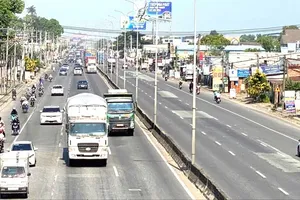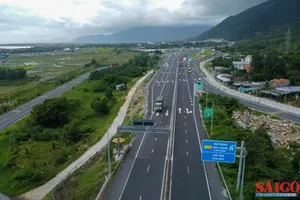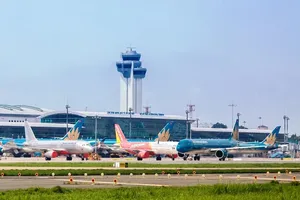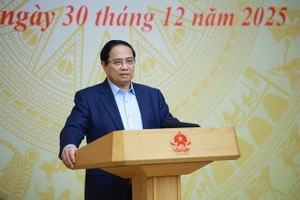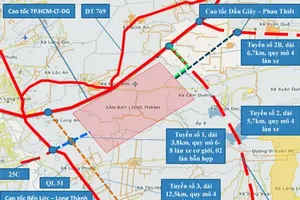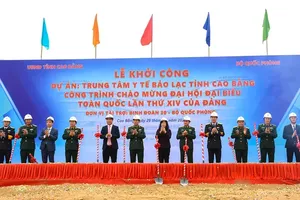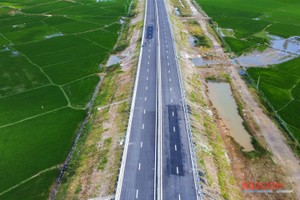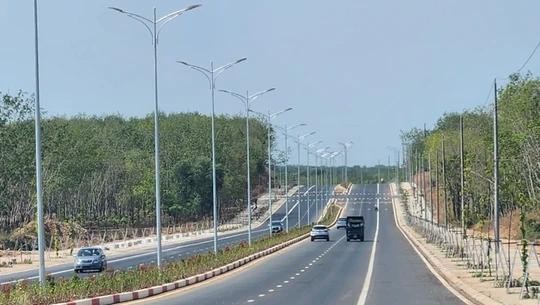
After nearly two years of promulgating and implementing the Politburo’s Resolution No. 24-NQ/TW on socio-economic development and ensuring national defense and security in the Southeast region until 2030, with a vision to 2045, the economic growth index of the region is higher than the national average.
Moreover, its foreign investment capital attraction is highest promoting important transport and urban infrastructure projects. However, these steps need additional push to move faster in the future. Among them is the planning for the Southeast region until 2050 which was just approved last weekend.
According to Minister of Planning and Investment Nguyen Chi Dung, the highlights in this region's planning focus on three factors including breakthrough, pioneering and connection.
Regarding connectivity between the region and other regions, the lack of weak and unsynchronized transportation infrastructure connecting intra-regional and inter-regional areas has been pointed out as the biggest problem. Prioritization of investment capital for intra-regional transport infrastructure, major highways connecting the Mekong Delta and Central Highlands and for connection between seaports, airports, and border crossings with border gates becomes a hot debate.
Regional planning acts as a guideline for localities that have approved/implemented planning in Binh Phuoc and Tay Ninh provinces and are in the process of approval in Ho Chi Minh City. Based on the regional planning and provincial plans that have been and are about to be approved, it is necessary to quickly promote key regional transportation projects such as the Ring Road 3 and 4 of Ho Chi Minh City, Long Thanh International Airport, Can Gio international transit port, urban railway lines of Ho Chi Minh City and connecting the city with localities in the region.
Key regional and national projects using budget capital are both a means and an end. Special policies and mechanisms are being consulted on to expand local autonomy and flexibility in using central, local and local capital in the region; as well as proposing to increase the ratio of budget capital in PPP (public-private partnership) projects to no more than 70 percent.
Localities are allowed to act as governing bodies and competent authorities in investing in expressways; plus, this locality is allowed to use other localities' capital to invest in projects passing through two localities.
Decentralizing provincial people's committees with enough capacity and experience to manage and implement traffic projects has been piloted. Provincial or municipal people's councils take responsibility for approving investment policies (according to the PPP method), and deciding on the use of local budget. It is more meaningful to start piloting the urban development model oriented to traffic development (TOD) as per the National Assembly’s Resolution 98/2023/QH15 on piloting a number of specific mechanisms and policies for the development of Ho Chi Minh City.
The breakthrough of implementing planning in the Southeast region creates space to promote innovation, as well as a team of start-up businesses. Thanks to the proportion of high-tech products in industrial production value, regional localities have made a large contribution to the total industrial production value - accounting for about 50 percent of the country's industrial production value.
Therefore, it is necessary to have preferential policies to promote innovative startups to create new values and a lot of added value for society as well as open a new business model for the national economy. There is a potential risk of capital loss, but this is also a new business model with new products and services in a new market closely tied to technology applications.

